

1) Refining Kettle (Dephosphorization and Deacidification Kettle) : During the chemical refining process, the refining kettle uses sodium hydroxide to neutralize the oil at 60-70°C. Simultaneously, a reducing agent is used to agitate the oil to reduce its acid value. During this process, impurities and phospholipids are quickly separated and precipitated, then entering the soapberry kettle, where high-quality oil is finally refined.
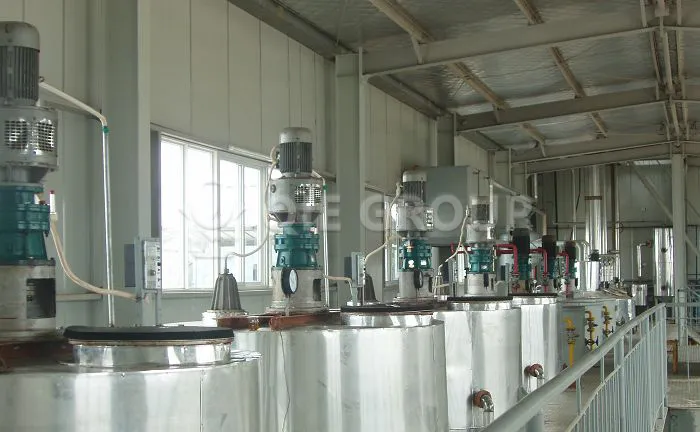
2) Decolorization (decolorization and dehydration) Pot : This pot is heated with steam to remove water from the oil under vacuum conditions. Next, the white mud is drawn into the pot through vacuum and, after thorough stirring, filtered using a vibrating filter, thereby changing the oil's color.
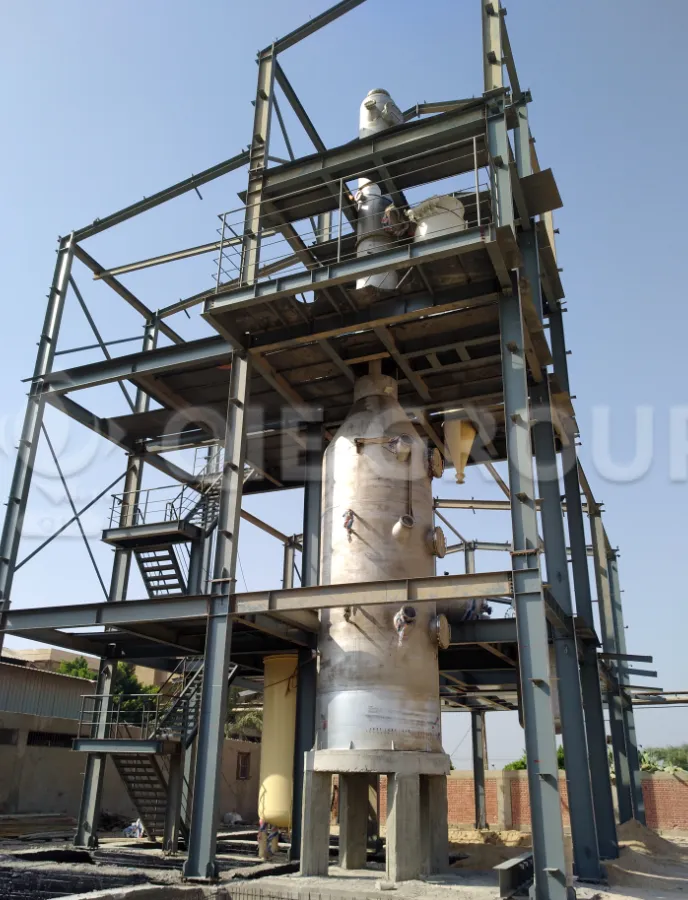
3) Vertical Leaf Filter : In the oil decolorization process, high-efficiency vertical leaf filters are used for clay filtration. They offer significant advantages such as simple operation, continuous operation, low labor intensity, a good working environment, and low residual oil in the waste clay.
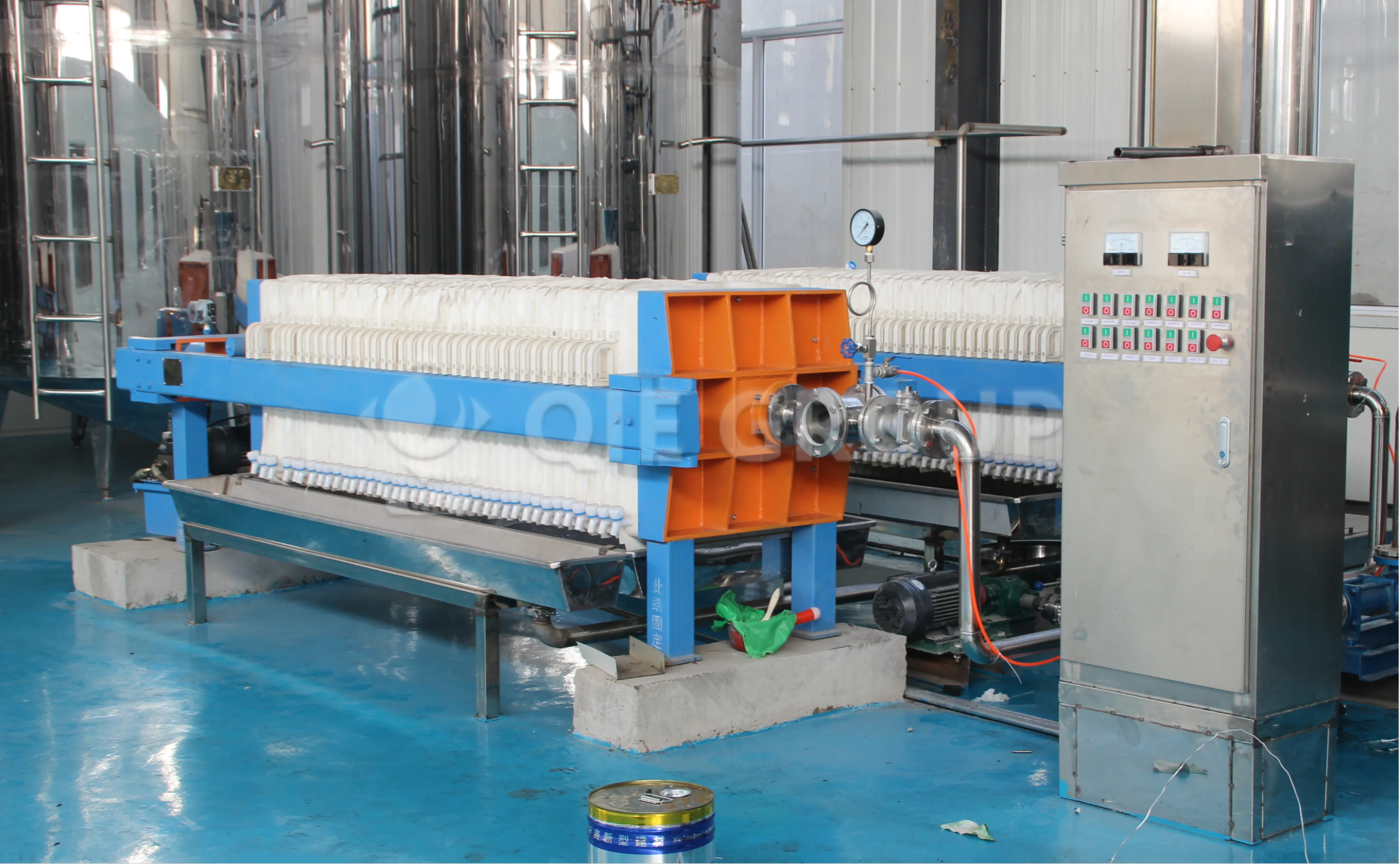
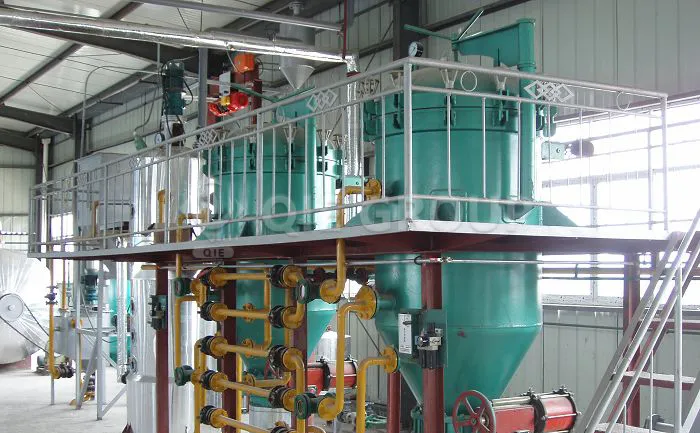
4) Continuous Combined Deacidification and Deodorization Tower (All Stainless Steel) : Qualified decolorized oil first enters a spiral plate heat exchanger to recover most of the heat. It then enters a high-pressure steam heater, heating it to a process temperature of 240-260°C. The oil then enters the deacidification and deodorization tower. This tower is a combined structure. The upper layer of the packing structure primarily removes free fatty acids and odorous components, while the lower layer, a plate tower, primarily performs thermal decolorization, reducing the peroxide value in the oil to zero. After the heat is absorbed by the heat exchanger, the oil is further heat-exchanged with the crude oil and then cooled to 80-85°C in a cooler. At this point, the required antioxidants and flavorings are added, and the oil is cooled to below 50°C for storage. Volatile substances such as fatty acids generated during the deodorization process are captured in a packed collector, resulting in a low-temperature free fatty acid solution at 60-75°C. When the fatty acid holding tank level rises, the oil is transferred to the fatty acid storage tank.
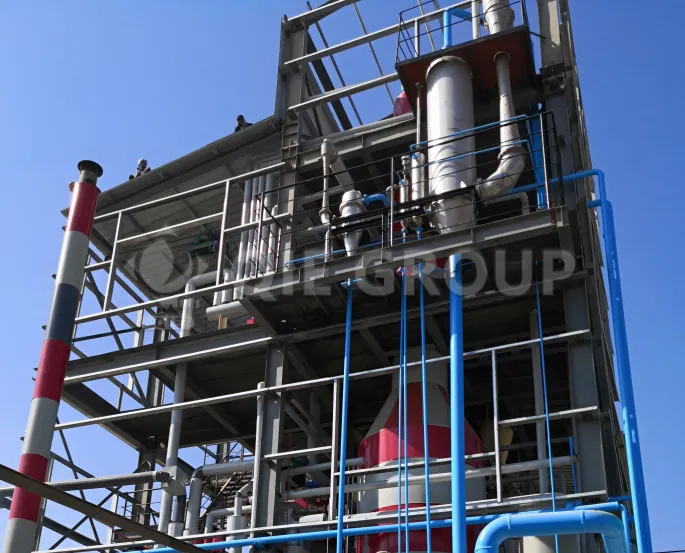
5) Dewaxing process
① Crystallization Tank : Crystallization and crystal cultivation are performed within the same crystallization tank. Equipped with a variable frequency stirring device, the crystallization tank offers excellent heat transfer performance, ensuring uniform mixing of the materials. It utilizes a multi-layer coil cooling system, with the cooling medium flowing into the coils. Achieving ideal crystallization requires precise control of parameters such as the heat transfer area, heat transfer coefficient, and stirring speed to prevent problems such as loose crystals, reheating and dissolution of crystals, insufficient filter cake hardness preventing automatic discharge, and excessive residual oil in the filter cake.
The crystallization process is controlled by a PLC, which adjusts the operating temperature of the cooling water in the crystallizer coils or jacket. The cooling water temperature is controlled by a temperature sensor-based temperature control system and a regulating valve with a positioner. The computer display allows for intuitive visualization of the set cooling water temperature curve and the sunflower oil crystallization curve.